Somatoform disorders are characterized by physical symptoms with no known cause. While these conditions can cause anxiety and stress, treatment is available.
Somatoform disorders are characterized by physical sensations and bodily pain caused bymental illness. These symptoms cause a significant amount of distress and may or may not be linked to a medical condition, mental disorder, or other substance abuse condition. Symptoms of somatic disorder also tend to triggerstressandanxietyand lead the individual to spend a great deal of time thinking about or acting in response to them.
What Are Somatoform Disorders?
Somatoform disorders are a set of psychological conditions where a person experiences bodily symptoms that cannot be accounted for by a medical or neurological diagnosis. Symptoms can range in severity from mild and infrequent to chronic and severe and are out of the individual’s conscious control.
Somatoform disorders are characterized by excessive focus on physical ailments, such as pain or tiredness. These physical symptoms cause an individual extreme mental distress and significant impairment in everyday functioning. A person with a somatoform disorder will constantly obsess over their symptoms while frantically searching for a plausible explanation for them.
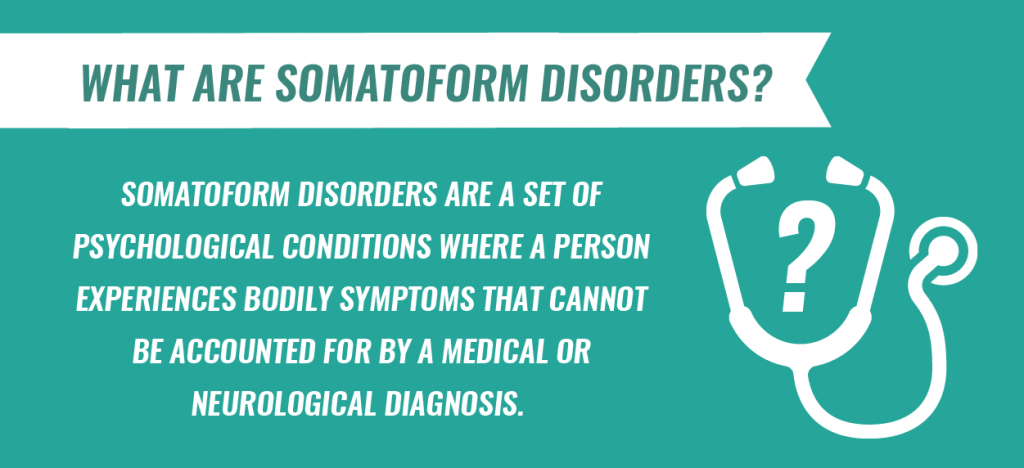
Types of Somatoform Disorders
Different somatoform disorders are distinguished by thoughts, emotions and actions related to somatic symptoms. There are seven types of somatoform disorders where individuals present with a multitude of clinically significant symptoms that cannot be explained, including:
[elementor-template id="4848"]- Somatization disorder
- Conversion disorder
- Pain disorder
- Hypochondriasis
- Other specified somatic symptom and related disorder
- Unspecified somatic symptom and related disorder
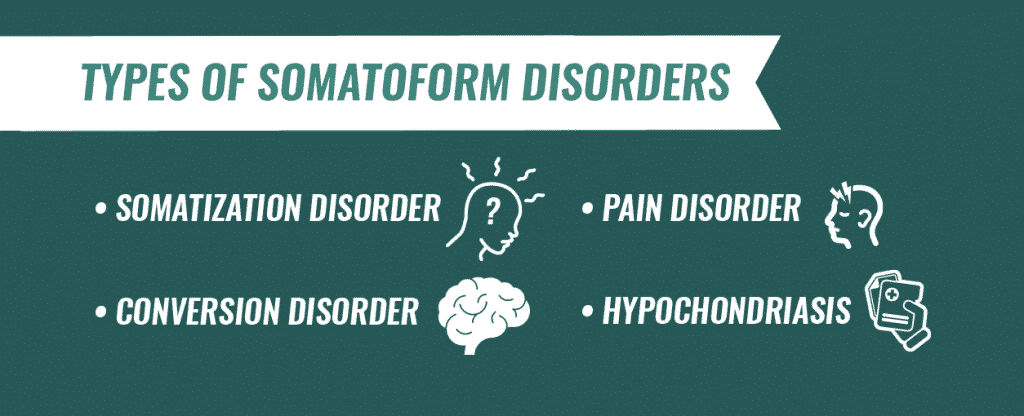
Somatization Disorder
Somatization disorder occurs when a person continually complains of physical symptoms when there is no physical condition present to cause the symptoms. A somatization disorder diagnosis requires that a person must experience inexplicable physical symptoms that start before age 30, have symptoms that persist for several years and involve pain, stomach complaints, sexual issues and neurological problems.
Conversion Disorder
Conversion disorderoccurs when physical symptoms mimic symptoms of a neurological disorder even though no neurological disorder is present. Symptoms may include paralysis, vision or hearing loss, or seizures. A conversion disorder is generally the result of trauma and impacts a person’s senses and movement.
Pain Disorder
Somatoform pain disorder is characterized by recurring pain in one or more parts of the body with no known cause. A pain disorder diagnosis is given when pain cannot be accounted for by a medical or other disorder, when pain causes considerable distress and when psychological factors play a significant role in the onset, magnitude and duration of the pain.
Hypochondriasis
Hypochondriasis occurs when a person believes that normal bodily signs or minor symptoms are evidence of a severe illness, even when medical tests and assessments prove otherwise. Physical symptoms may either be real or imagined. Hypochondriasis was removed from the fifth edition of the Diagnostic Statistical Manual of Mental Disorders (DSM-5) and replaced with somatic symptom disorder and illness anxiety disorder.
Other Specified Somatic Symptom and Related Disorder
Somatoform disorder not otherwise specified is a diagnosis used for symptoms that meet many — but not all — of the required criteria for a somatoform disorder diagnosis. Presentations that may be specified using this designation include:
- Brief somatic symptoms disorder
- Brief illness anxiety disorder
- Illness anxiety disorder without excessive health-related behaviors
Unspecified Somatic Symptom and Related Disorder
Like the specific somatic symptom and related disorders diagnosis, undifferentiated somatoform disorder applies to individuals who have symptoms characteristic of somatic disorders that do not meet full criteria for any somatoform disorder. However, the unspecified somatic symptom and related disorder diagnosis should only be given in unusual situations, or in situations where there is insufficient information to make a more specific diagnosis.
Symptoms of Somatoform Disorders
Somatoform disorder symptoms cannot be explained by a concrete medical or neurological cause or condition. They may range from mild to severe and can present as single or multiple symptoms. Pain is the most frequent symptom experienced in somatoform disorders and is usually accompanied by pervasive thoughts, emotions and actions related to the pain. These beliefs, feelings and behaviors can be debilitating and disruptive to normal functioning.
Thoughts, emotions and behaviors associated with somatoform disorders may consist of the following:
- Persistent worry about possible sickness
- Interpretation of normal bodily sensations as an indication of severe physical sickness
- Fear that symptoms are dire or life-threatening in the absence of facts or medical confirmation
- Mistrust of medical assessments and treatment
- Excessive visits to a physician or hospital that never alleviate concerns
- More significant impairment than what is commonly expected from a medical circumstance
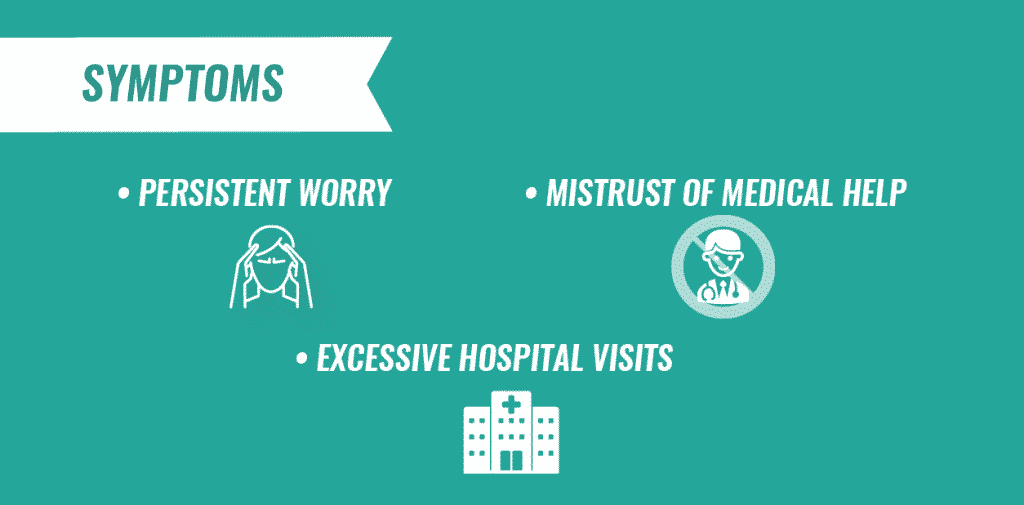
Causes of Somatoform Disorders
It is not precisely clear what causes somatoform disorders, but it is believed that there are several contributing factors. Genetic and hereditary factors, such as hypersensitivity to pain sensations, may be involved. Family influences can be another contributing factor.
An individual who possesses a personality trait of negativity can influence how illness and physical symptoms are perceived. Increased attention to bodily symptoms and sensations when a person has difficulty identifying, discussing or processing emotions is often involved. In other cases, a somatoform disorder may develop in a subconscious effort to garner extra attention because of their perceived illness.
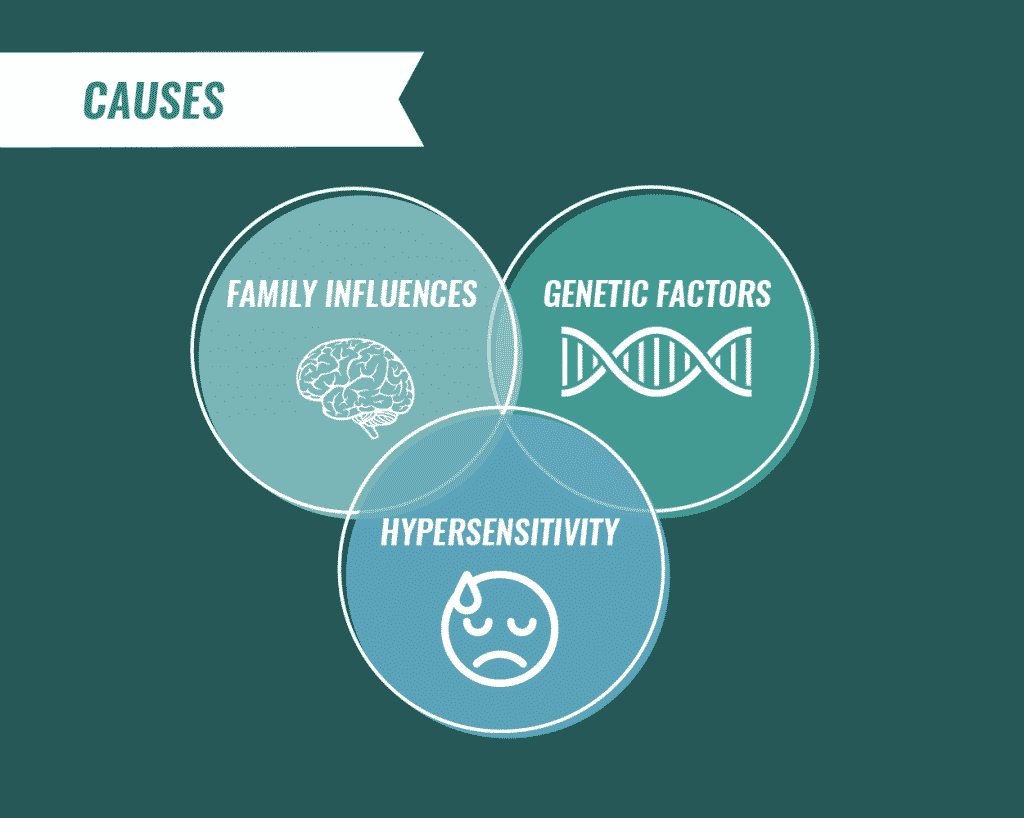
Diagnosing Somatoform Disorders
To be diagnosed with a somatoform disorder, a person must display at least one somatic symptom, such as pain or sleepiness that causes distress and negatively impacts daily functioning. They must also have extreme and unrelenting thoughts about the severity of their symptoms, experience elevated levels of anxiety about their health and spend an excessive amount of time on symptoms or health. Symptoms must last for longer than six months, though the intensity of symptoms may fluctuate during this time.
Somatoform Disorders and Co-Occurring Conditions
Somatoform disorders often co-occur with mental health conditions, such asanxietyanddepression. Co-occurring mental health conditions need to be addressed simultaneously for treatment to be effective. In some cases, co-occurring mental health conditions are the underlying cause of somatoform disorders.
Somatoform disorders can alsoco-occur with substance abuse, as individuals may attempt to cope with a lack of explanation for their symptoms with drugs or alcohol. There is a strong association between pain disorder and opioid dependence, in particular. Alcohol and benzodiazepines are also commonly correlated with somatoform disorder. As medical professionals attempt to diagnose an individual’s somatic complaints, they may simultaneously prescribe opioids or benzodiazepines to address those complaints. This practice can increase the risk of substance dependence.
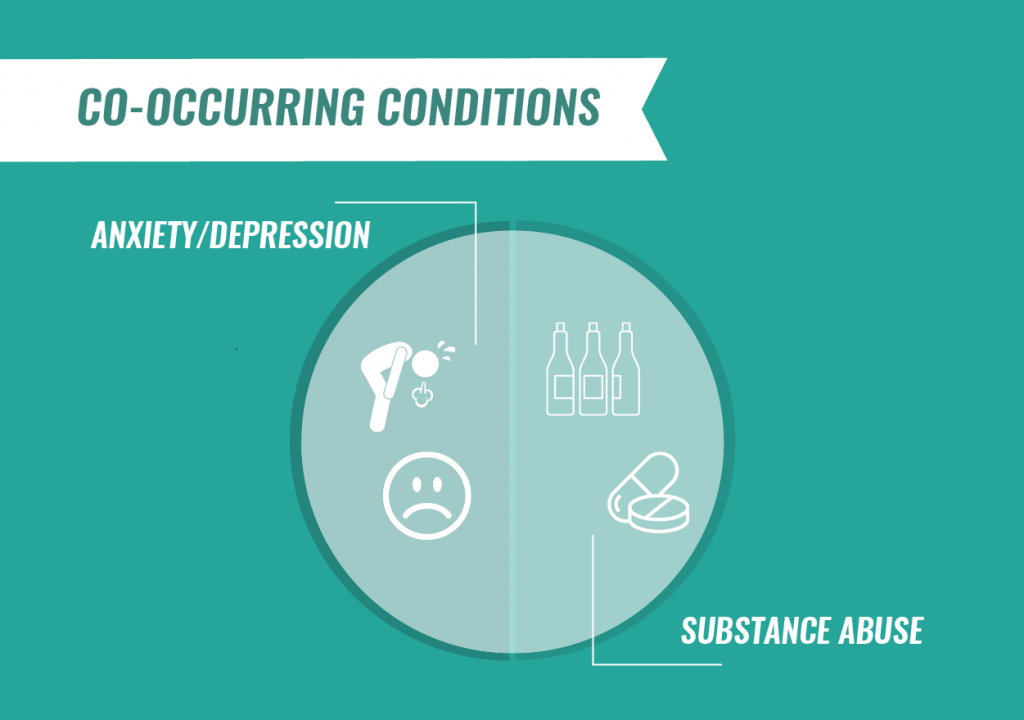
Somatoform Disorder Treatment
Somatoform disorder treatmentaims to enhance a person’s daily functioning by reducing their physical symptoms or improving their ability to cope with them. Treatment plans for these conditions usually consist of psychotherapy and medication.
Psychotherapy is beneficial in the treatment of a somatoform disorder because physical symptoms are usually related to underlying psychological conditions. The most commonly used somatoform disorder treatment option iscognitive behavioral therapy(CBT), which focuses on helping people change their thoughts and behaviors related to the condition. CBT can help individuals learn how to decrease preoccupation with their symptoms while teaching them how to cope with physical symptoms and other emotional and mental concerns.
Antidepressant medicationsmay be used if a co-occurring condition, such as anxiety or depression, is present. Medications alone can’t resolve a somatoform disorder, but they can help alleviate the symptoms of associated co-occurring conditions, especially when combined with psychotherapy.
If you or someone you know is struggling with a somatoform disorder and co-occurring substance abuse disorder, help is available at the Recovery Village. Trained staff can assist you in choosing a treatment program that is right for you.Reach outto a representative today for more information.
Related Topic:Somatic symptom disorder treatment
